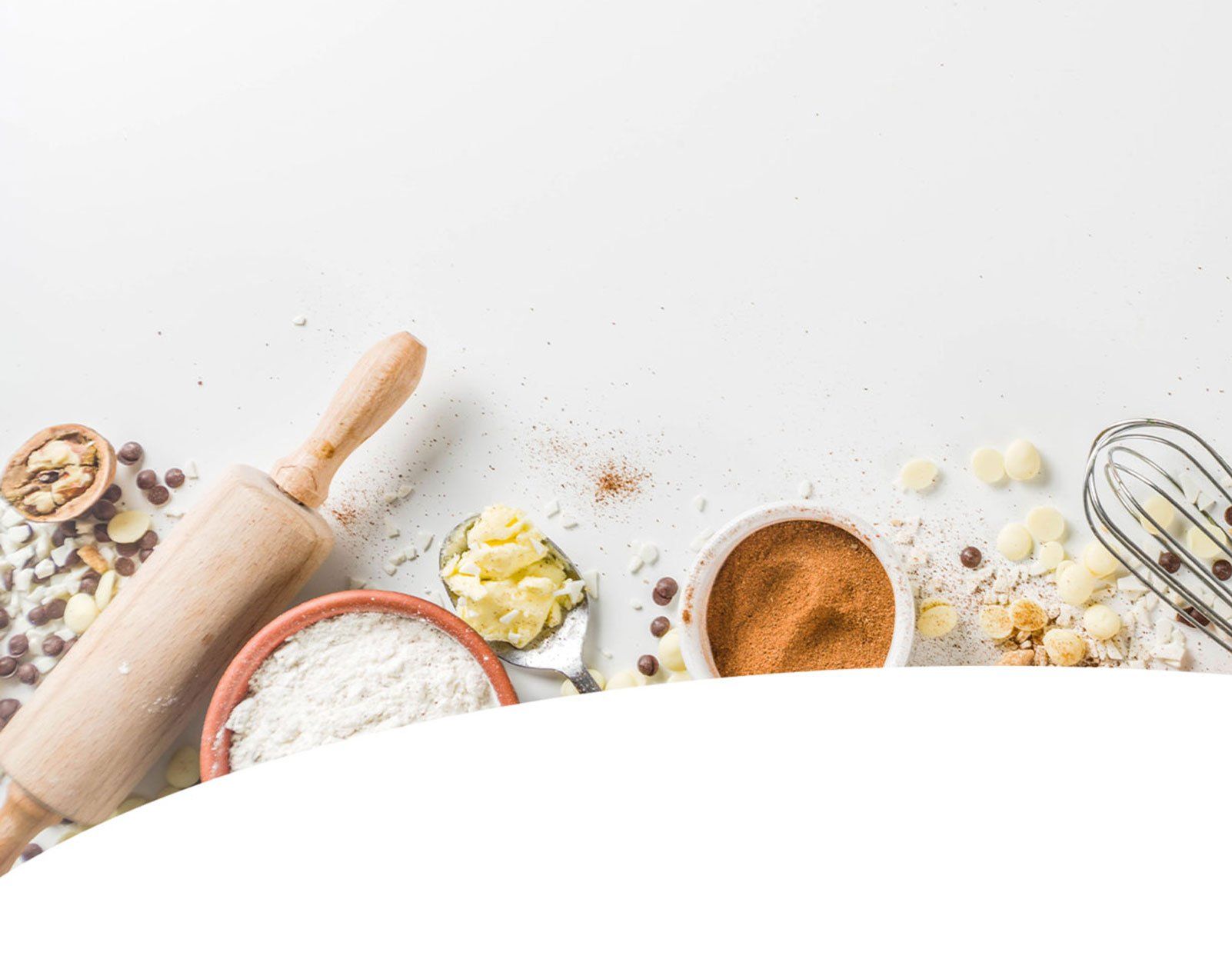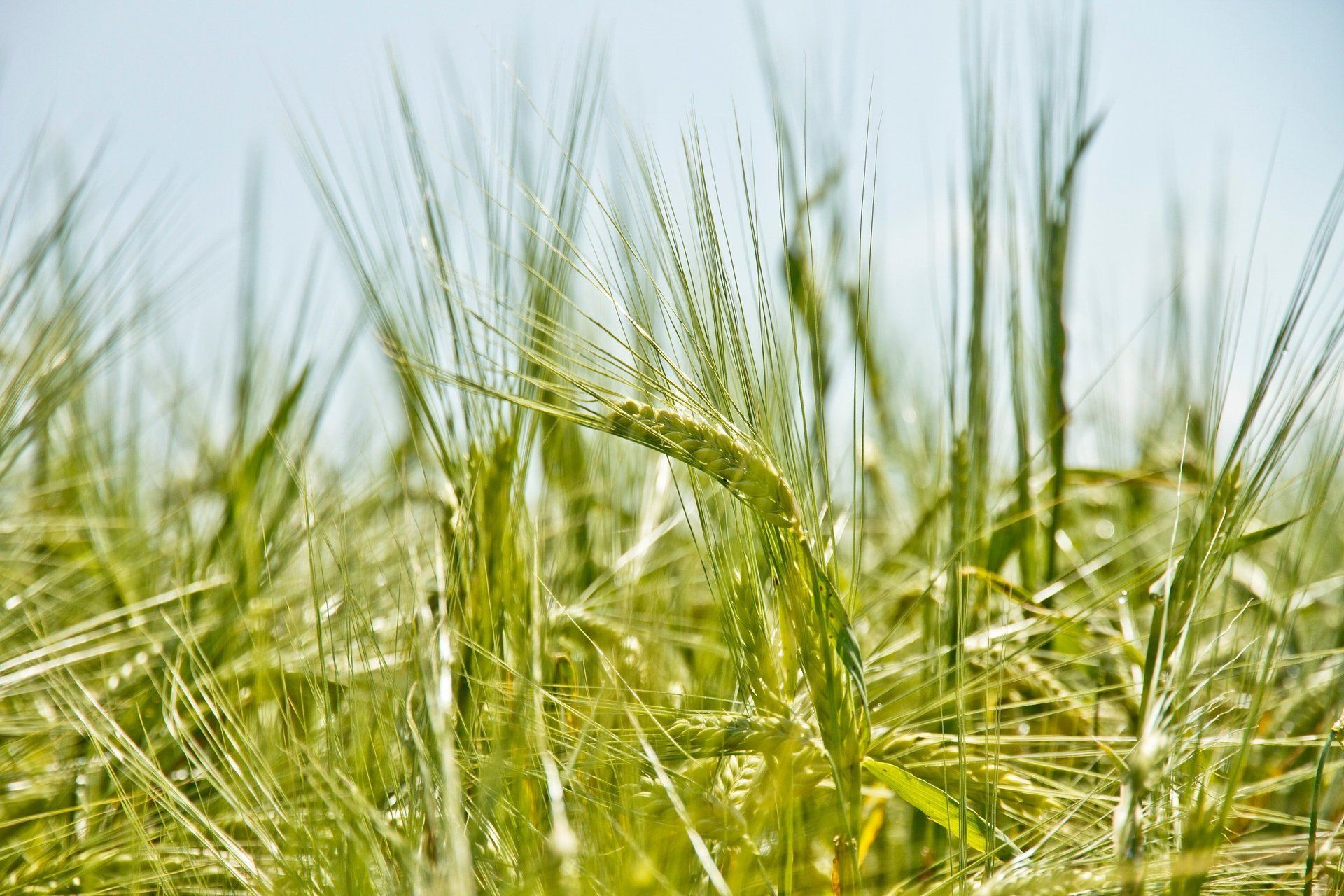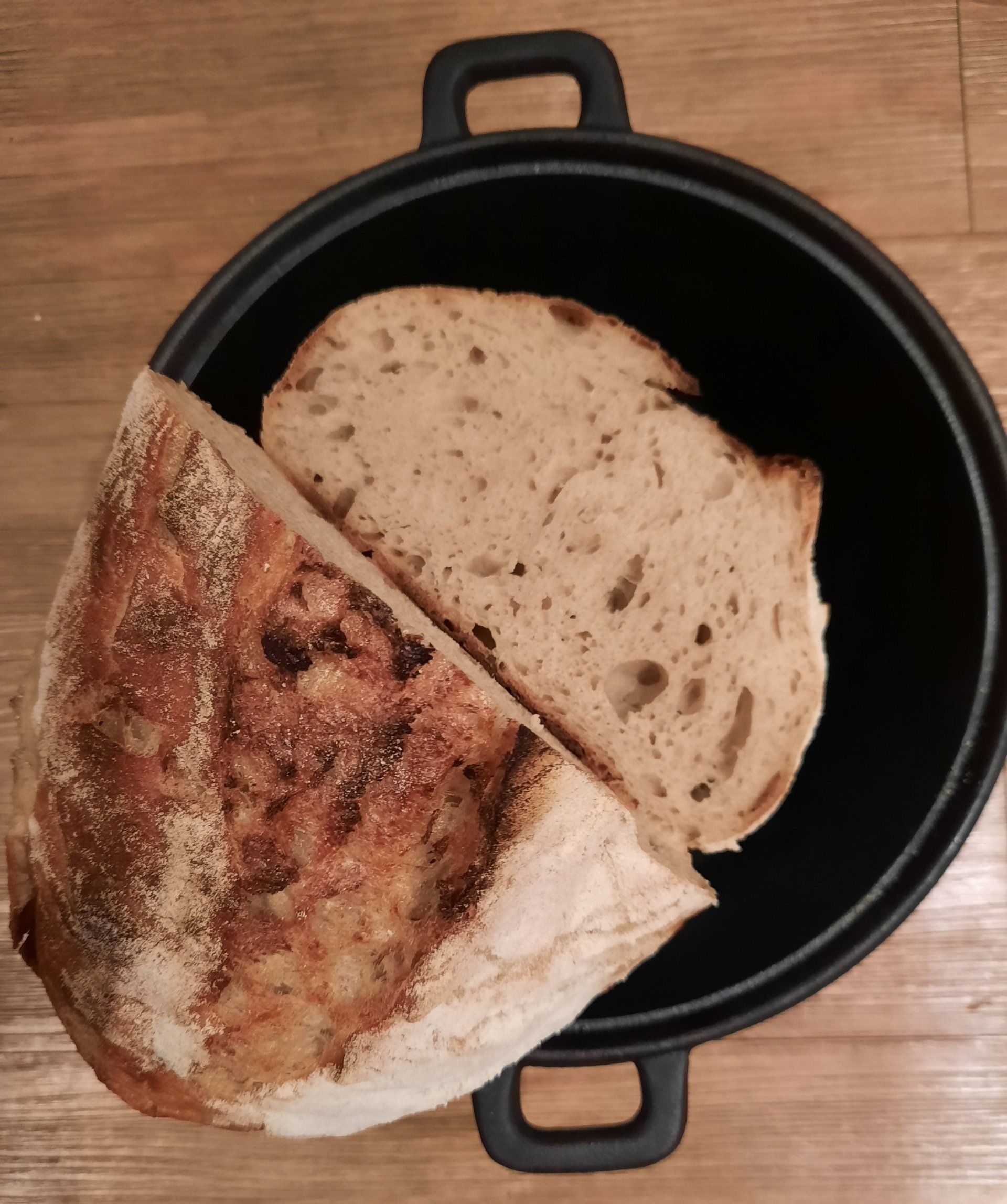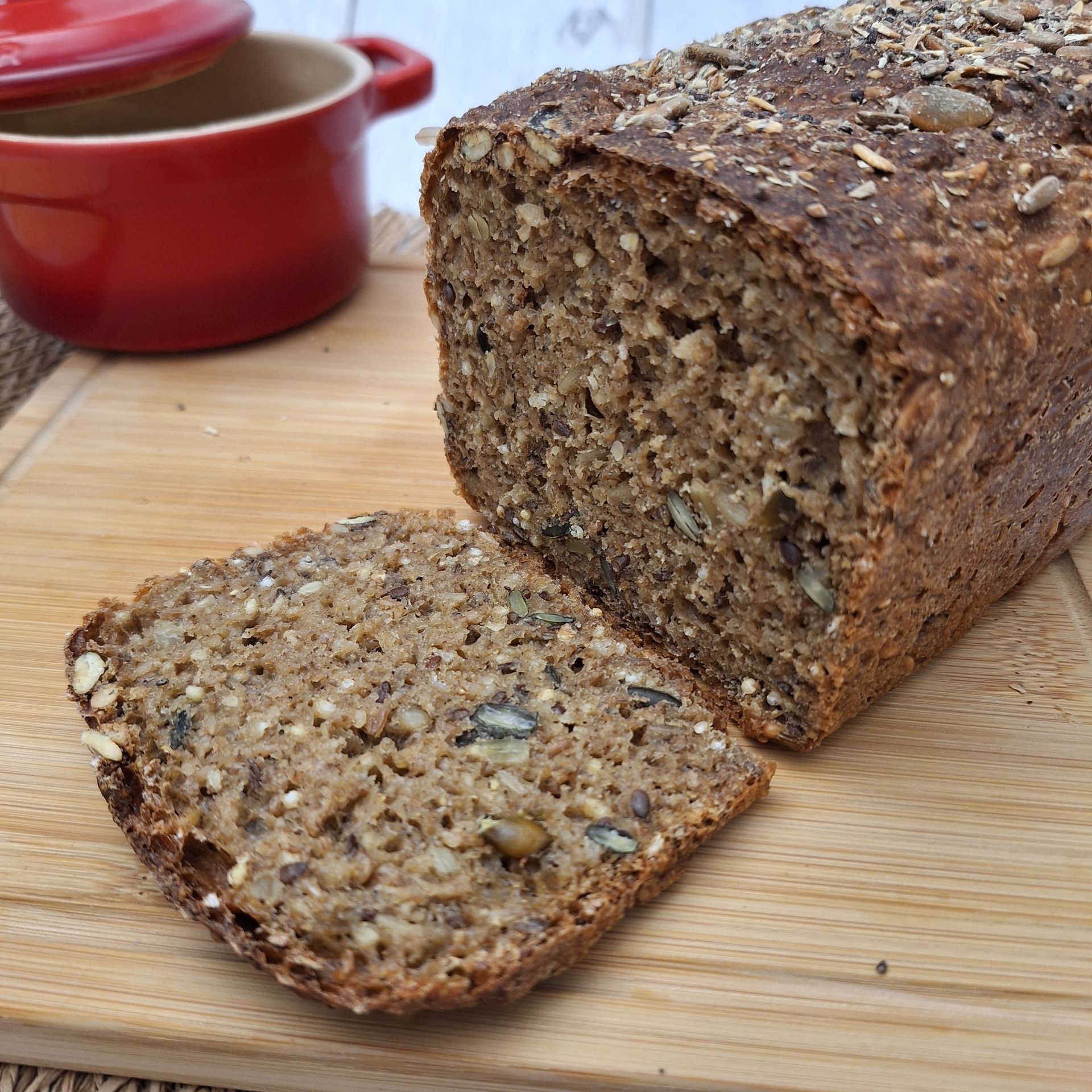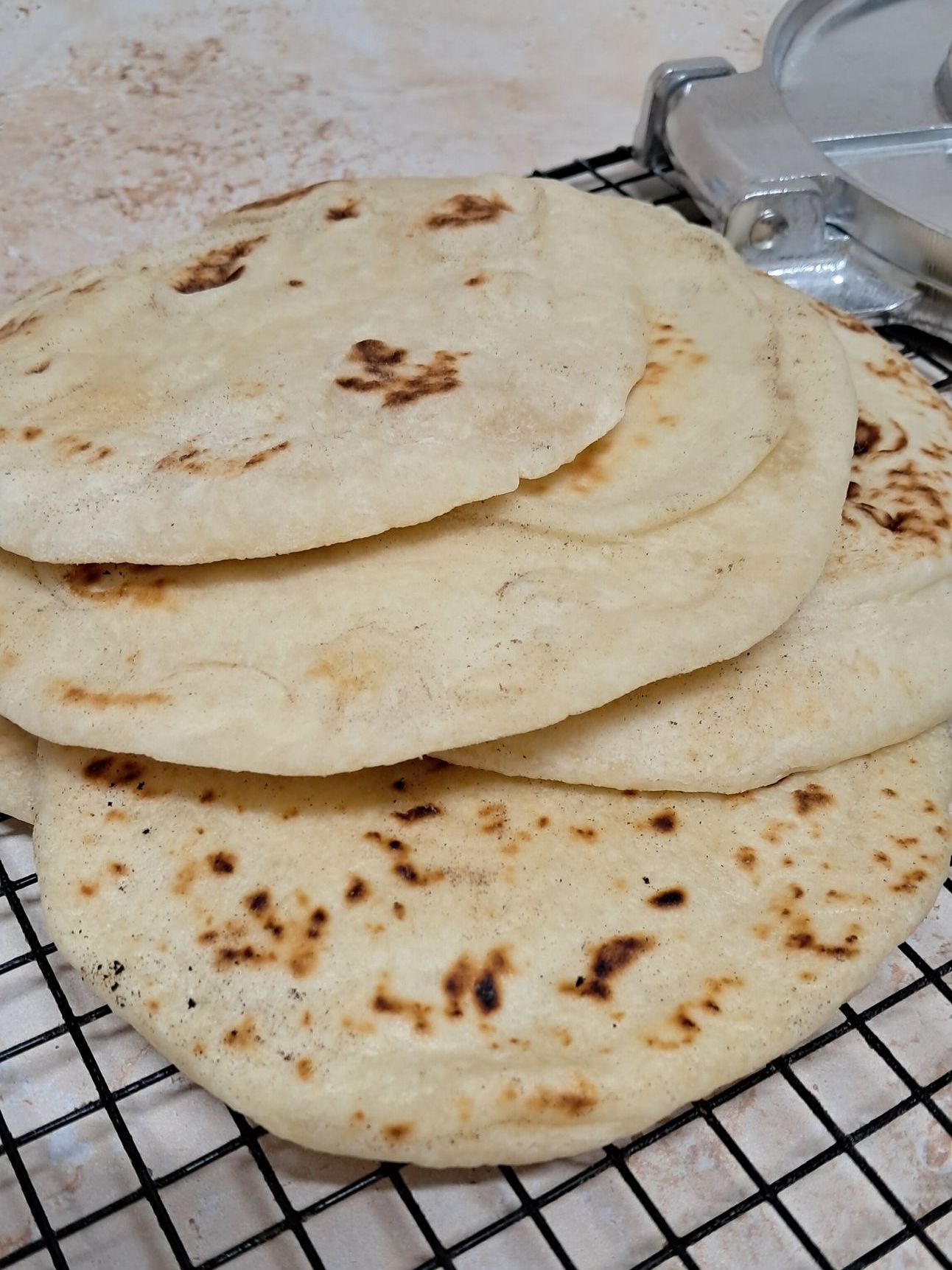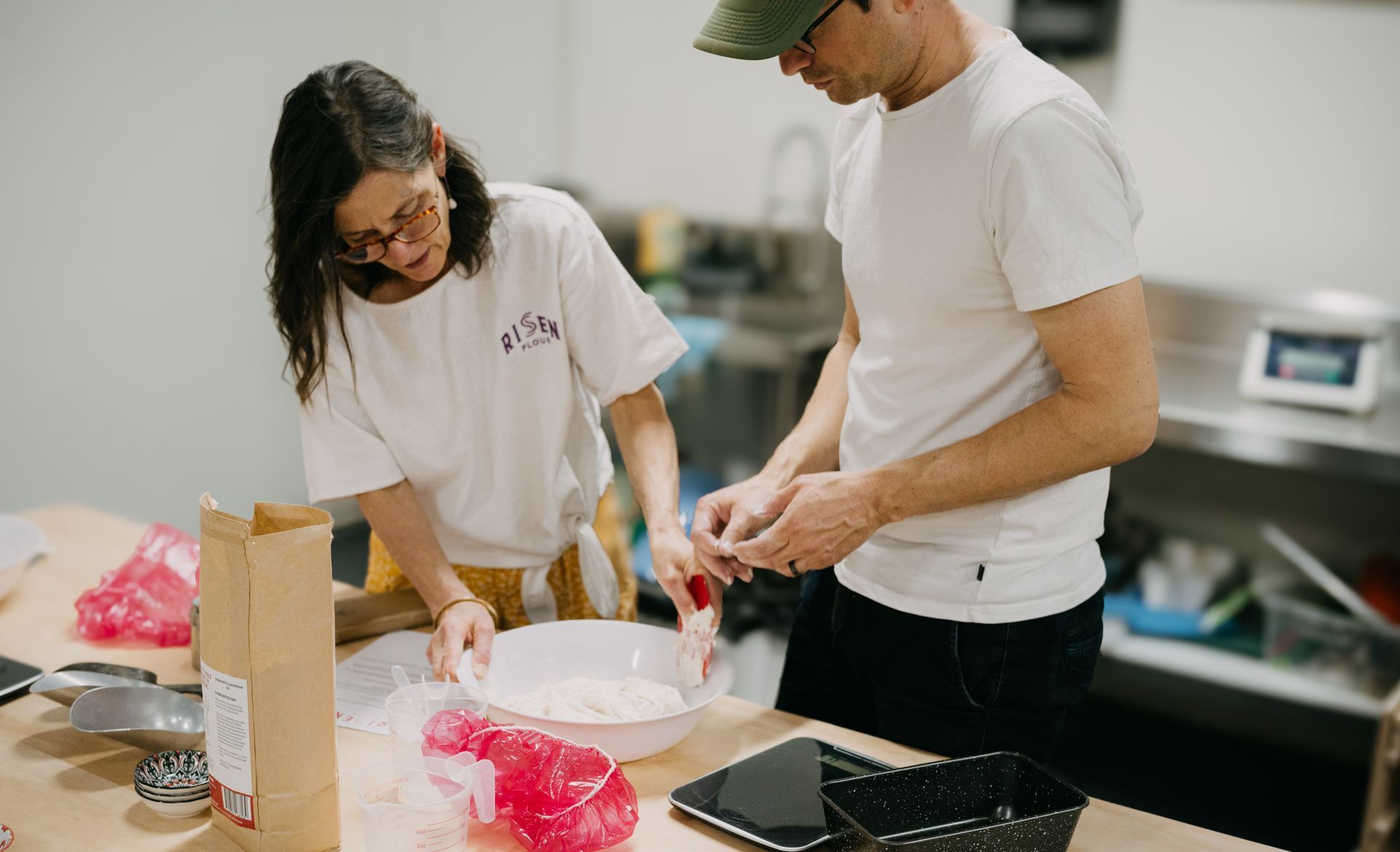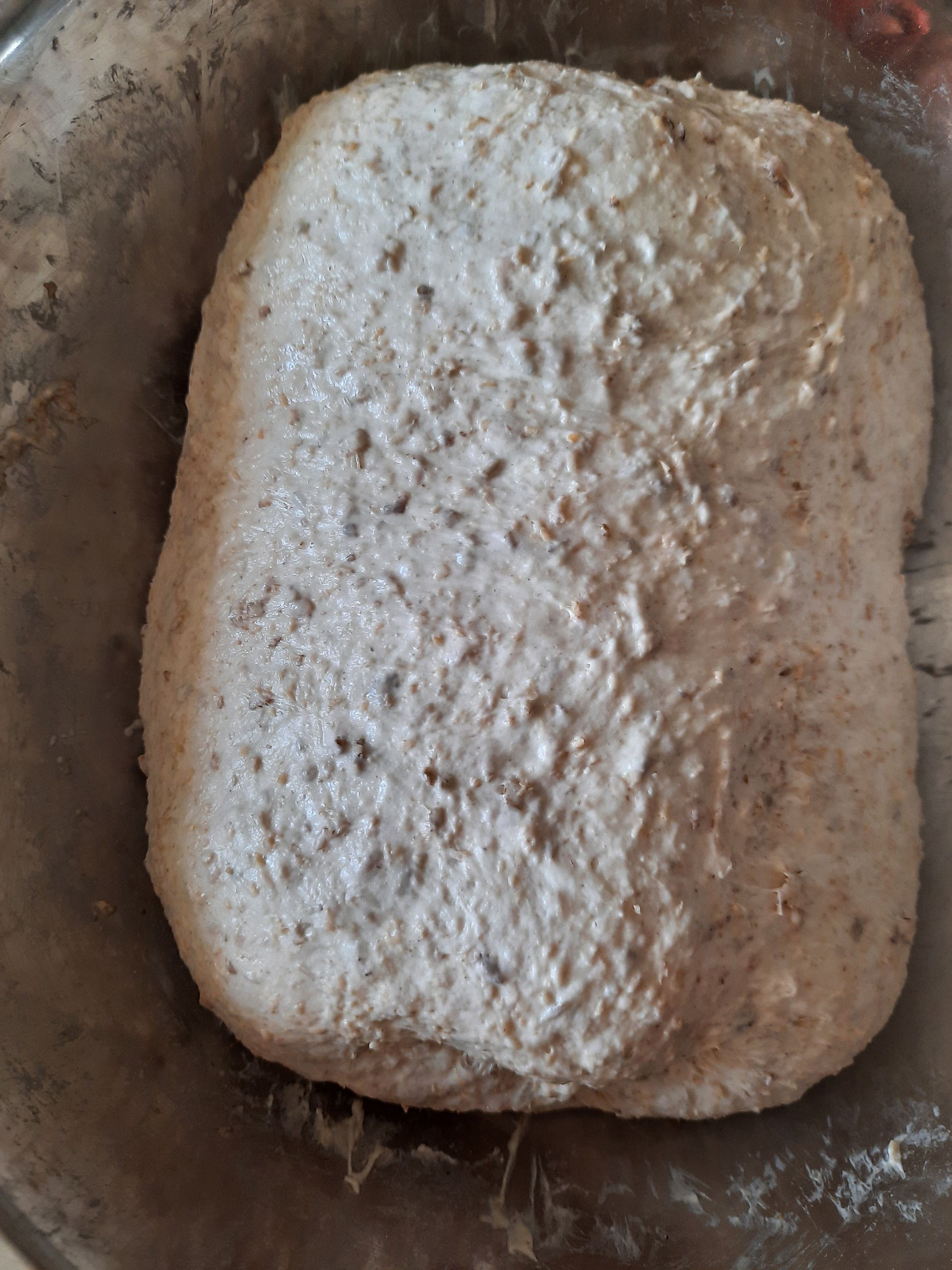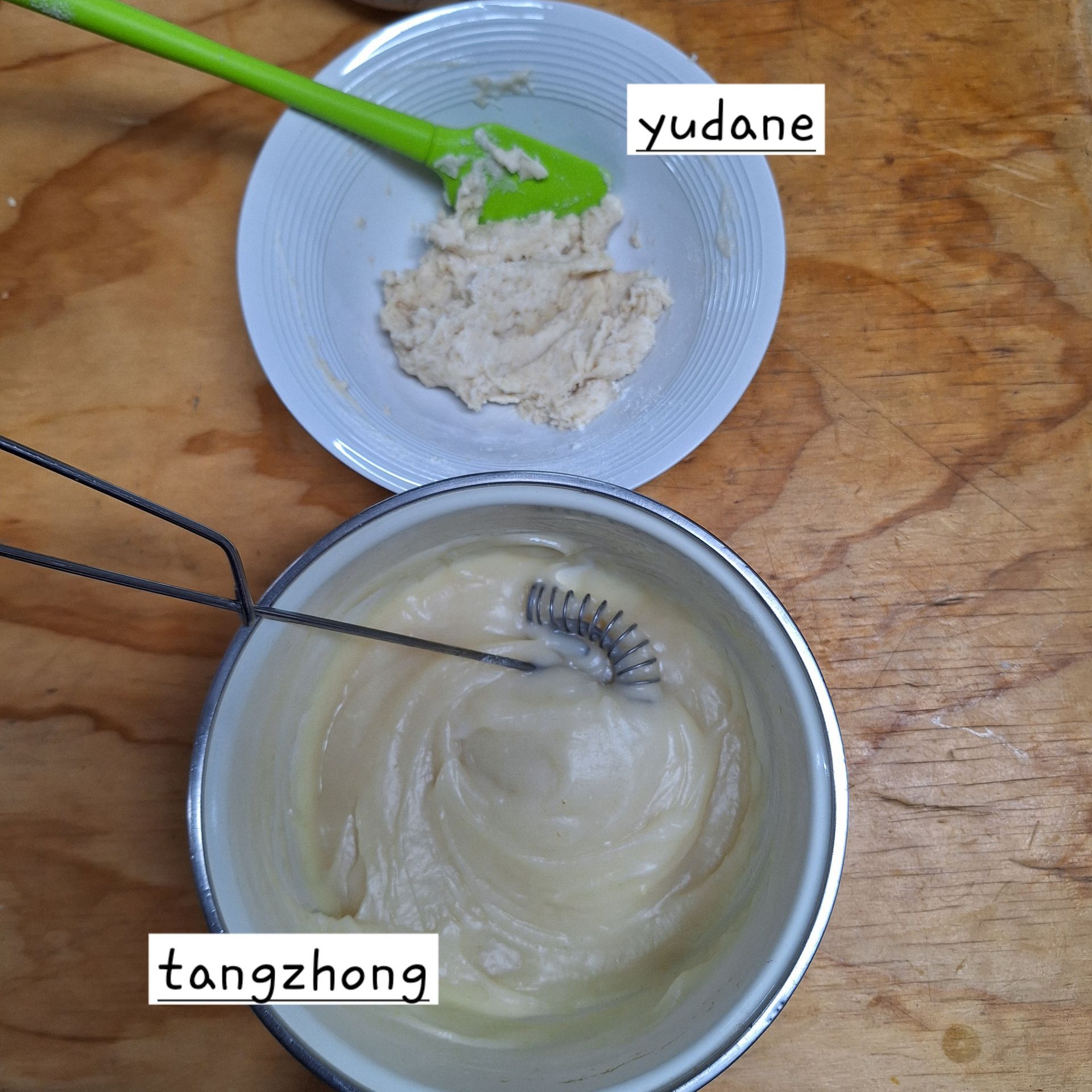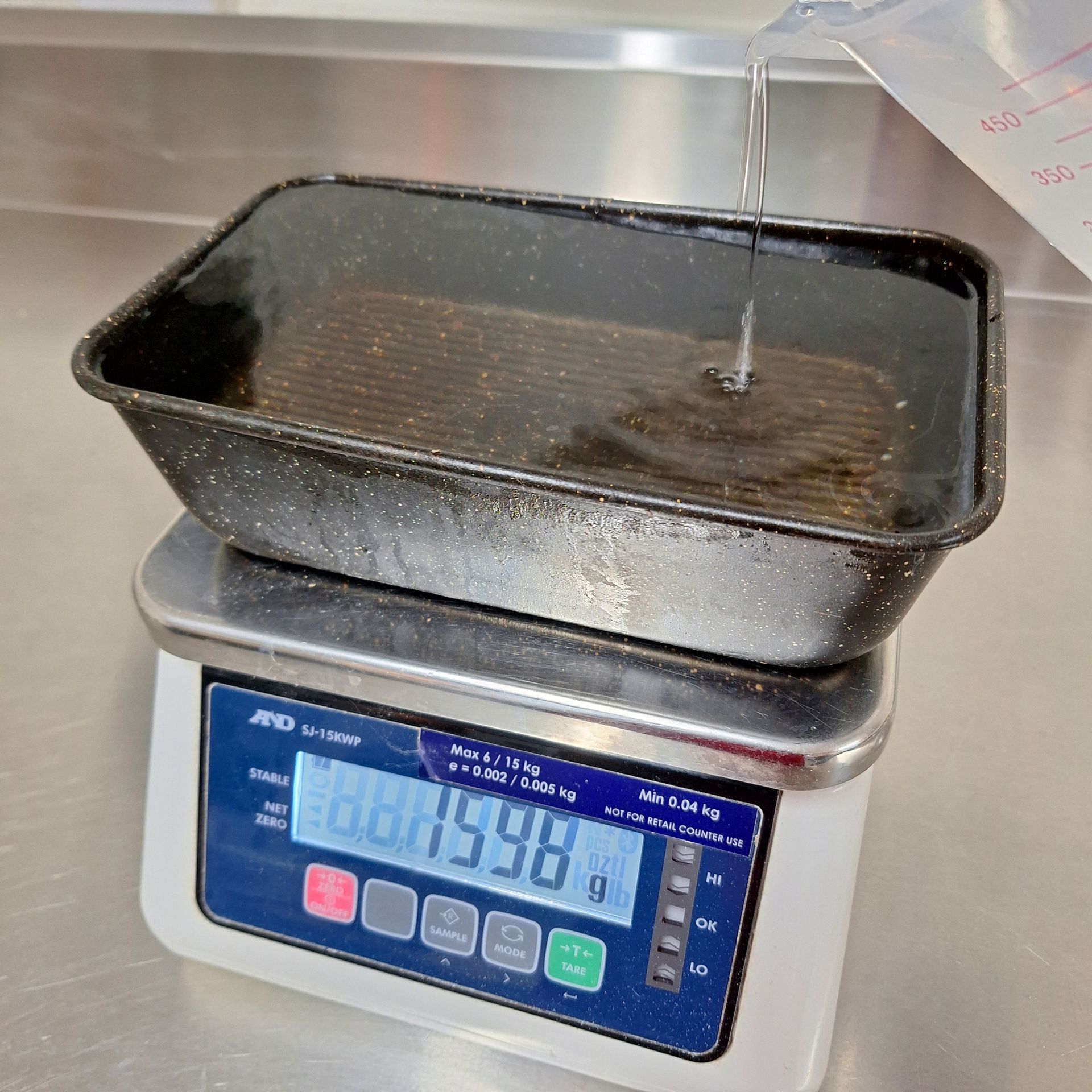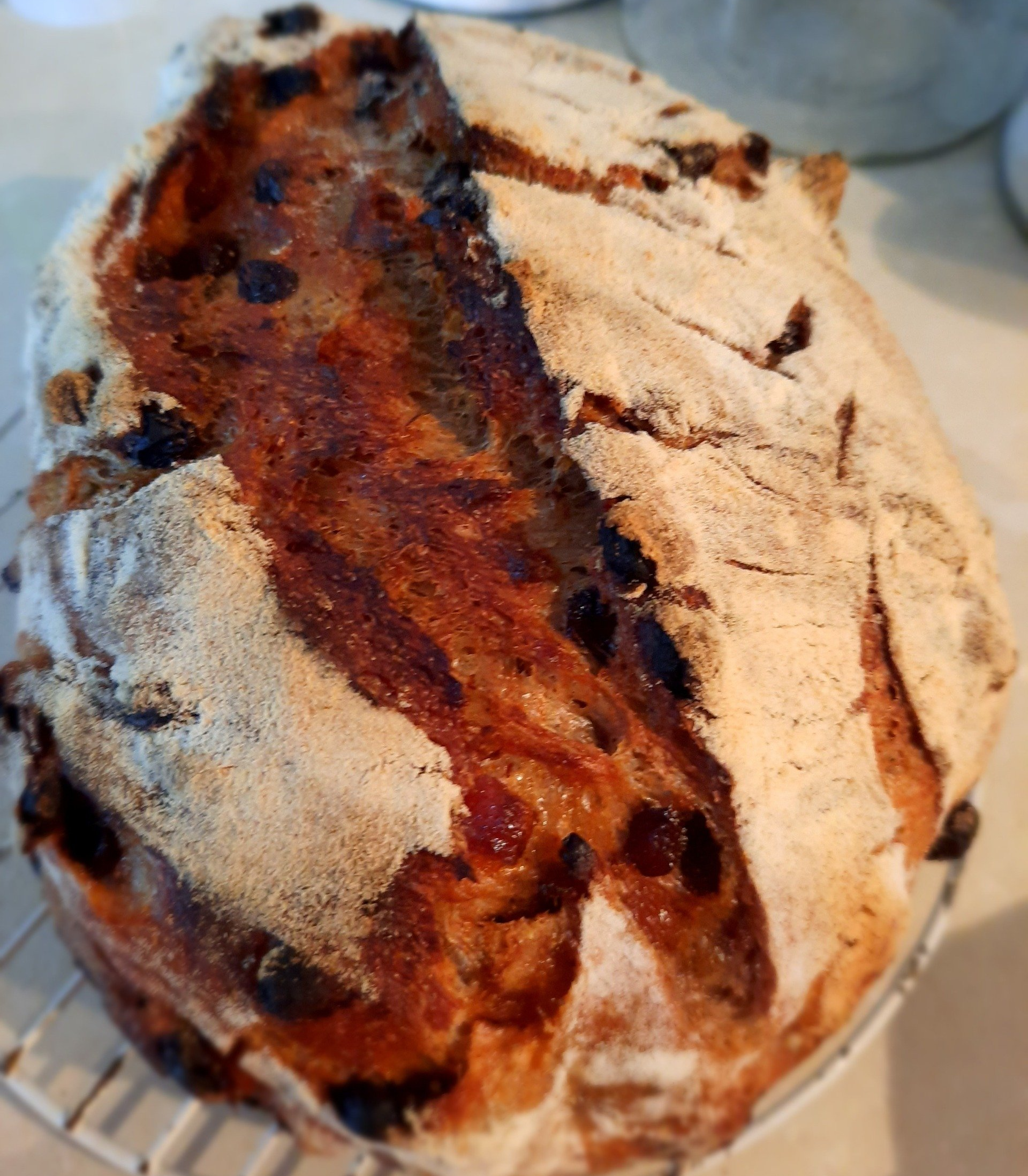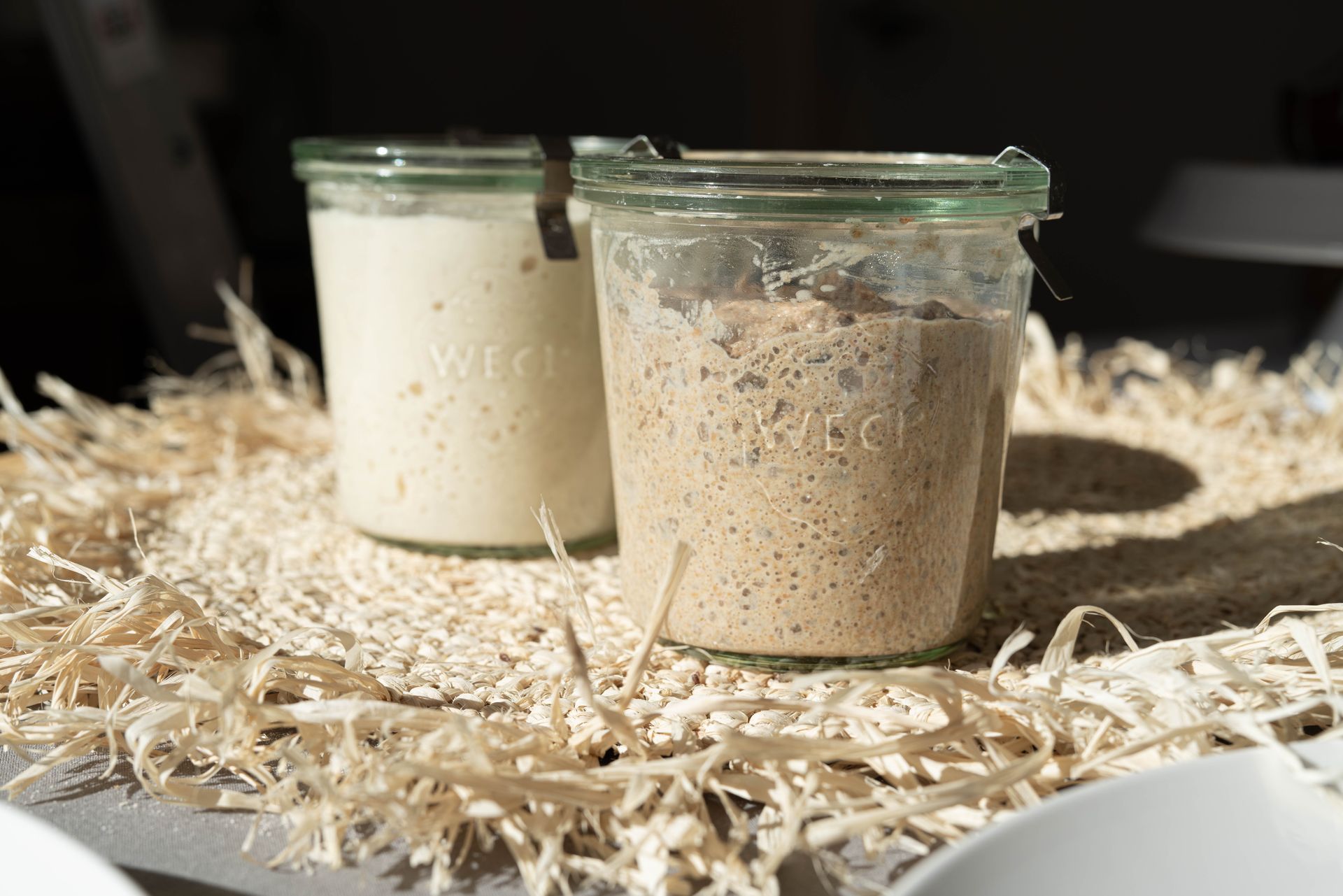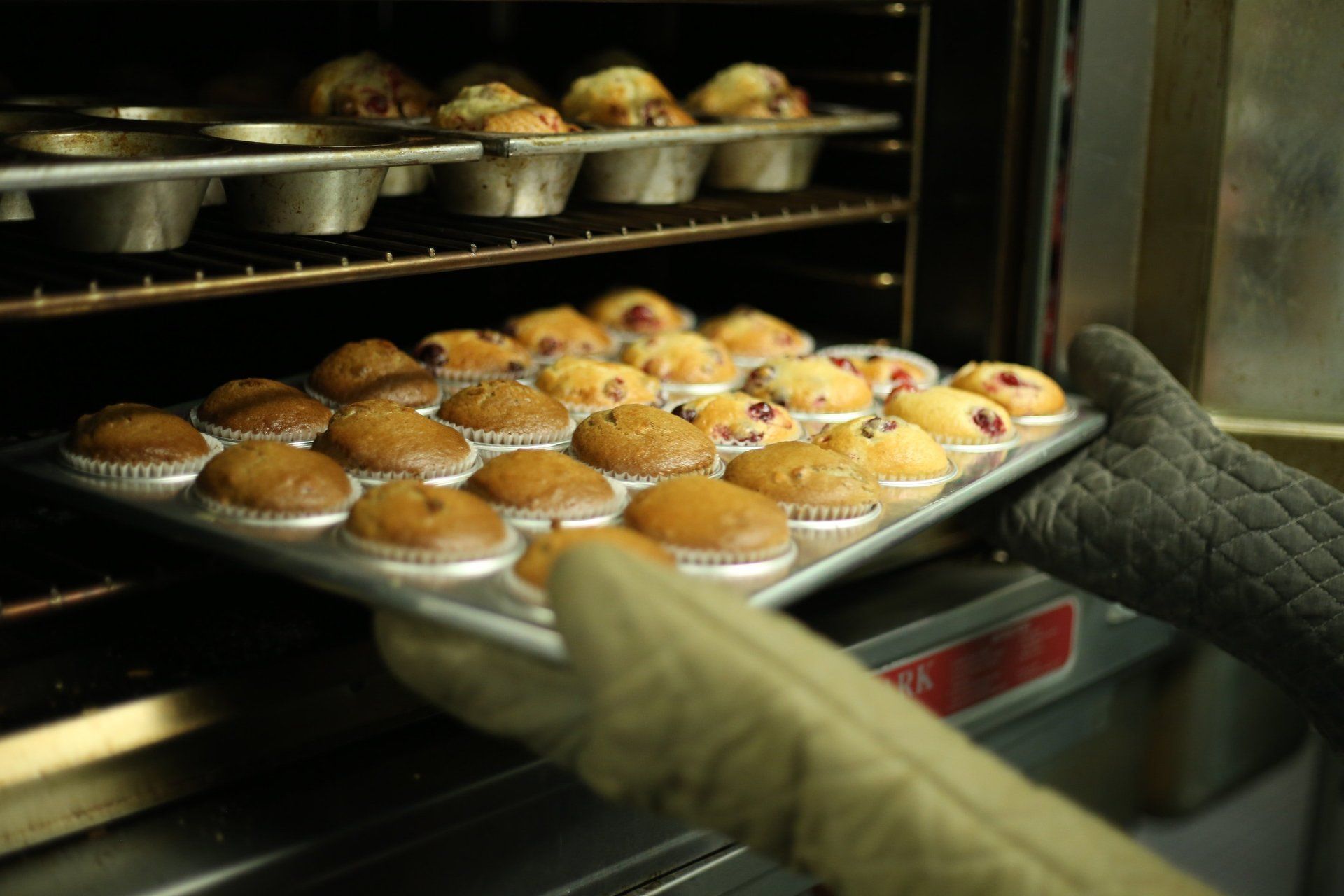Chat with a community of enthusiastic bakers
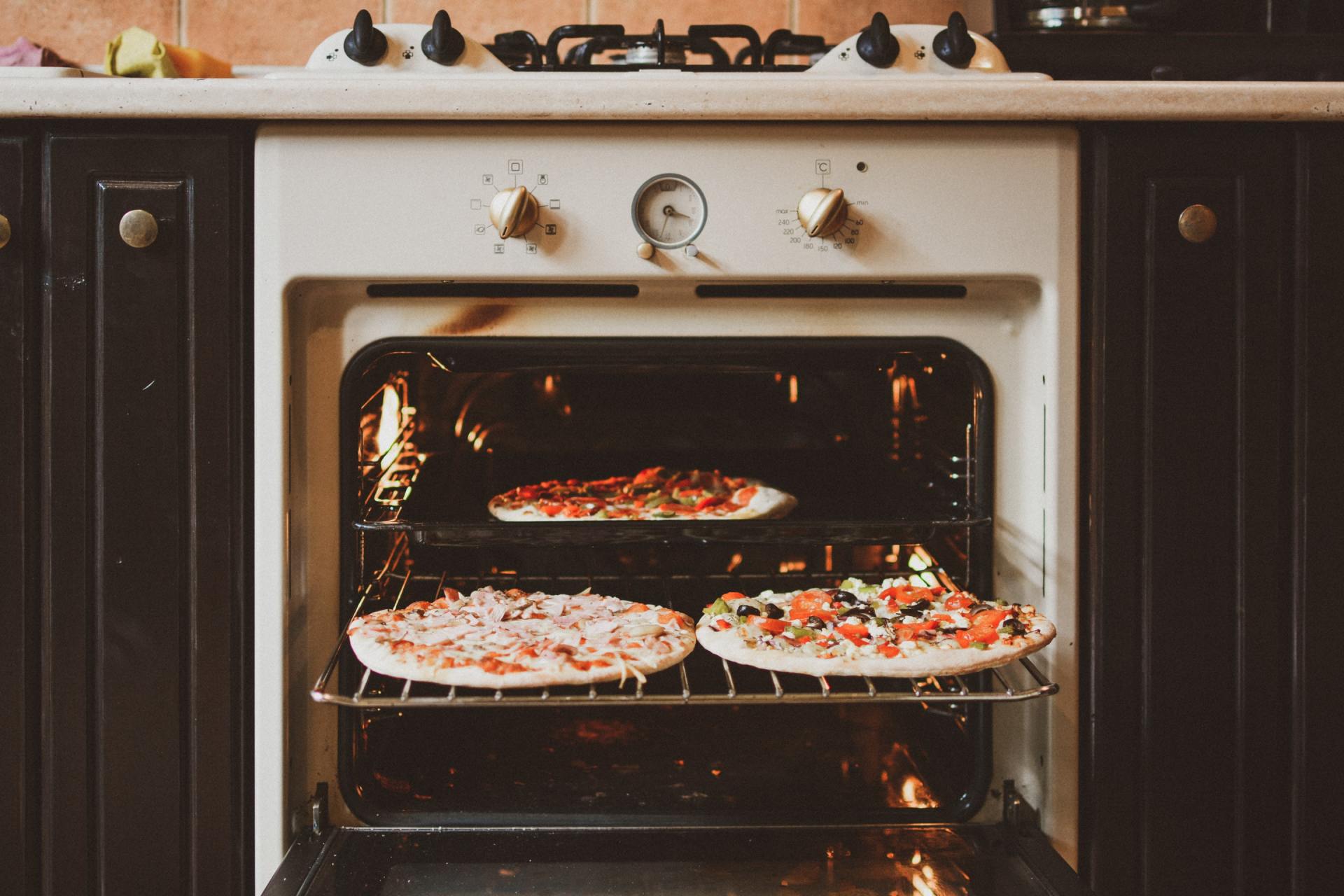
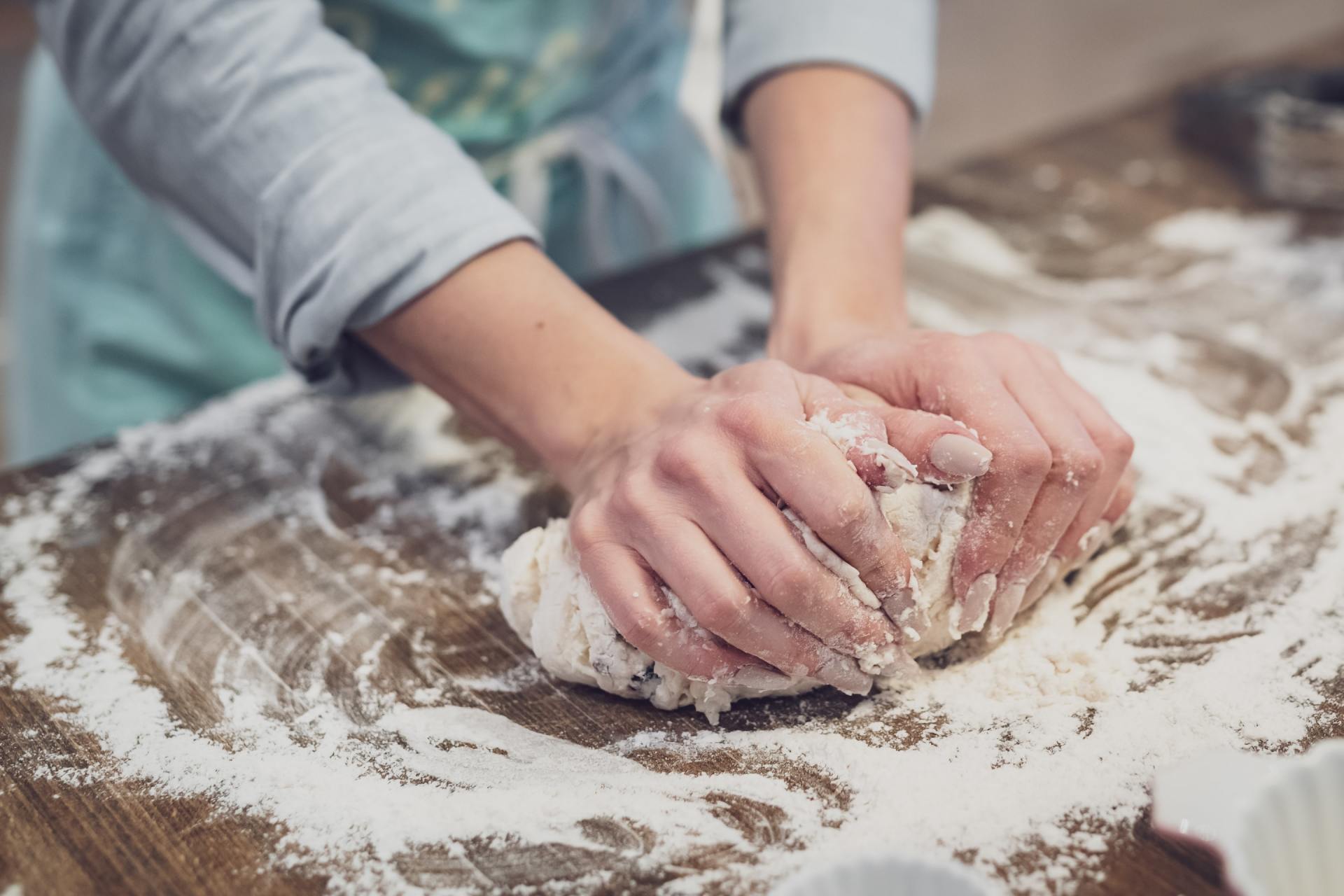
There’s always something new to try with our mix of competitions, classes, and discussions, available through our blog and social pages.
Swap ideas with other bakers, pick up some handy kitchen tips, and get involved in our active and welcoming online community of bread-heads through our social pages.
Perth Metro Fixed Rate shipping $12.00 up to 22kg (inclusive of packaging weight). Perth Metro demographics are determined by Courier Companies.
Only Australia post accepts delivery to P.O. Boxes & Parcel Lockers, if you choose a P.O.Box delivery, this may incur additional charges as our courier fees are not based on Australia Post prices.
get in touch
DO YOU LIVE IN THE BUNBURY REGION or Outside of WA?
We now have a collection point in Bunbury. MJ Goods 3/7 Hennessy Road, Bunbury. Type your address in as MJ Goods at checkout. Delivery will be charged as per Perth Metro of $12.00 to make it cost effective for you to continue to get our products.
DO YOU LIVE IN THE geraldton REGION ?
We now have a collection point in Deepdale Geraldton. Geraldton at checkout. Delivery will be charged as per Perth Metro of $15.00 to make it cost effective for you to continue to get our products.
Collection will be from Kiri in Deepdale. You can join the Facebook Group BreadStore Geraldton to get updates
stay up to date
Contact Us
Thanks for signing up!
Please try again later.
Site by Helium Marketing

